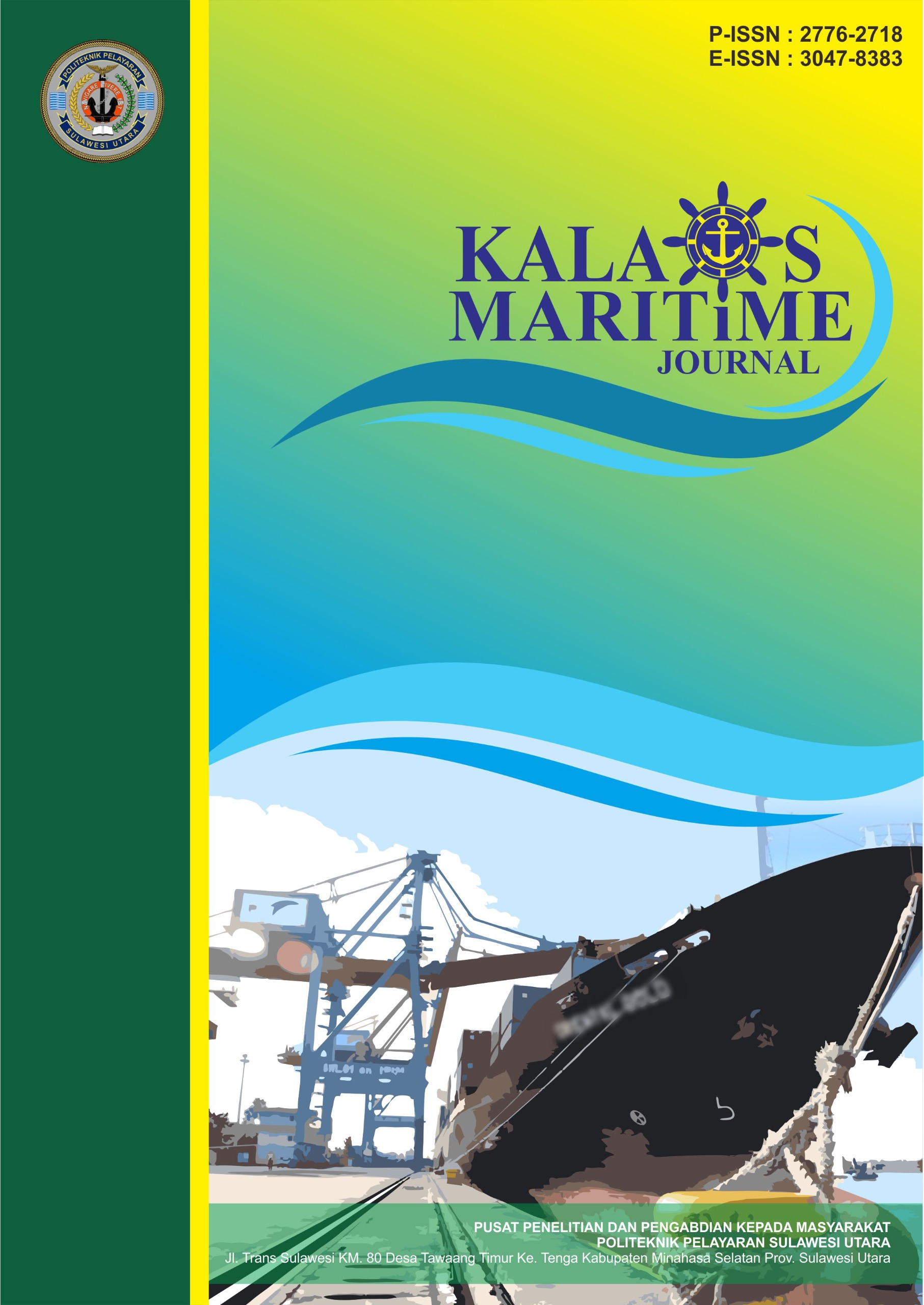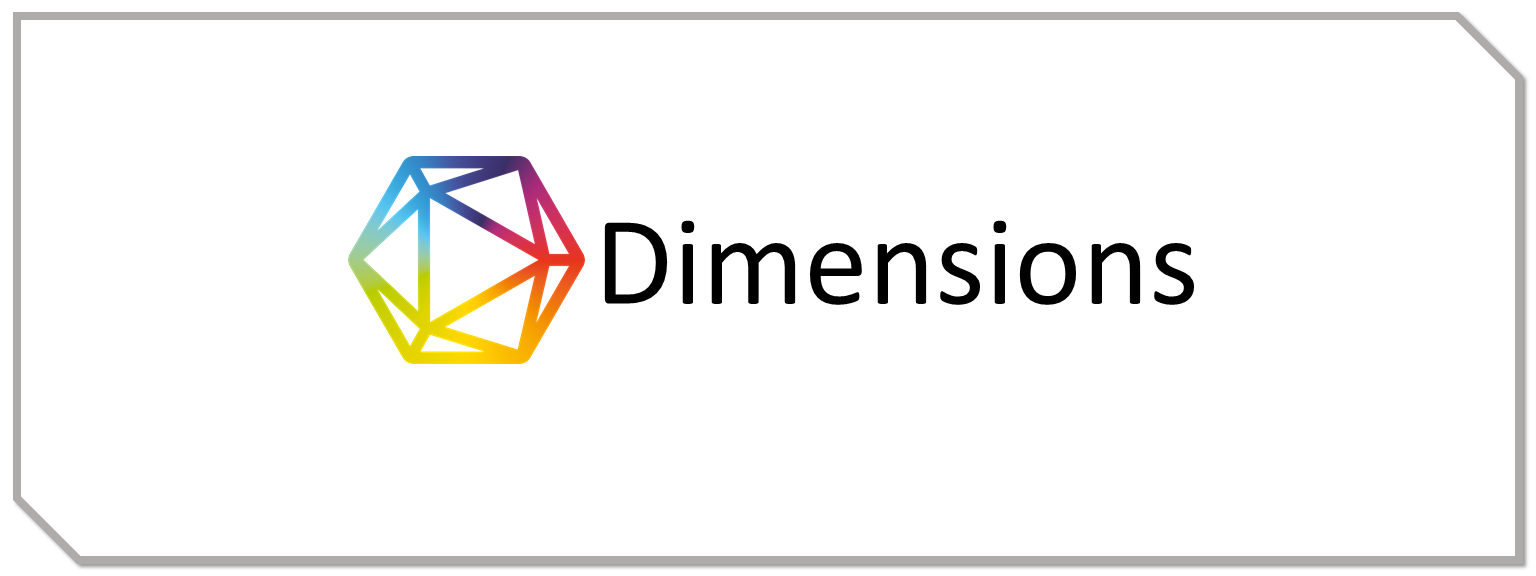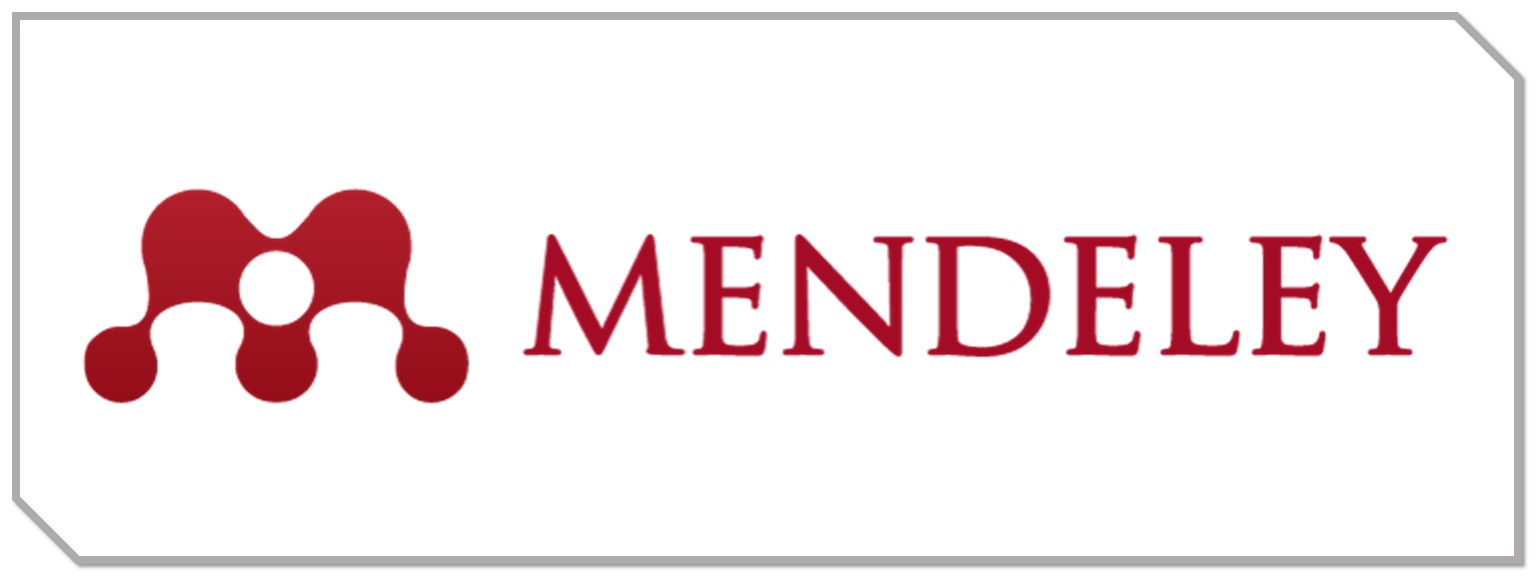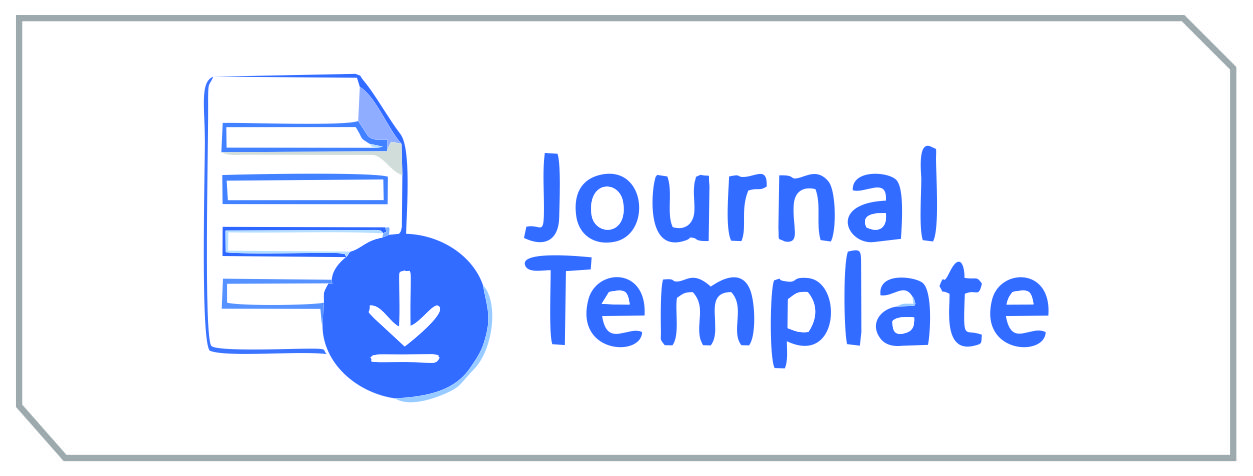Analisis Proses Perizinan terhadap Awak Kapal/Crew Asing di PT. Pelayaran Batam Samudra
DOI:
https://doi.org/10.69754/kalaos.v6i1.134Keywords:
Crew, Foreign Ships, Licensing, Procedures, Work PermitsAbstract
The purpose of the author's observation were to the system and licensing process of foreign ship crew at PT. Pelayaran Batam Samudra. The type of observations used by the author are qualitative and descriptive. In broad terms, the system and procedures for the licensing of foreign ship crews begin with the first step, which is the manufacture of a dahsuskim as a basis for employing foreigners as ship crew operating in the waters of Indonesia. After the completion of the 'dahsuskim,' the next step is the process of creating the COR. The COR, serves as recognition of the skills and qualifications of the foreign ship crew. The next process is the issuance of the IMTA. which is required as an official permit to employ foreign workers. Subsequently, when foreign ship crew members intend to leave Indonesian territory due to the expiration of their contracts, the next process is the handling of EPO to facilitate their departure from Indonesia. Challenges faced by the authors in the licensing process include a lengthy licensing processing time, document discrepancies, lack of coordination, and limited human resources, which can result in obstacles in the licensing process. To address these issues, it is essential to improve coordination between agents and ship owners, conduct regular checks on licensing requests, and increase the number of agents to facilitate the licensing process for the foreign ship crew.
Downloads
References
Arikunto, S. (2010). Prosedur penelitian: Suatu pendekatan praktik. Jakarta: Rineka Cipta.
Arwinas, A. (2001). Liquid cargo: Jenis dan penanganannya. Penerbit Kelautan Indonesia.
Horne, A. J. (2000). Cargo loss: Penyebab dan penanganannya. Penerbit Logistik Maritim.
Knothe, G. (2005). Fatty Acid Methyl Ester (FAME) sebagai biodiesel: Sifat fisik dan kimia. Penerbit Bahan Bakar Alternatif.
Lasse, P. (2014). Bongkar muat: Proses dan tahapannya. Penerbit Manajemen Pelabuhan.
Lis Lesmini, & Purwanto, B. (2017). Perekonomian dan Perkembangan Moda Transportasi Laut. Penerbit Akademik.
Moleong, L. J. (2013). Metodologi penelitian kualitatif (Edisi Revisi). Bandung: PT Remaja Rosdakarya.
Nazir, M. (2014). Metode penelitian. Jakarta: Ghalia Indonesia.
Permenhub PM no 152 tahun 2016. (2016). Peraturan Menteri Perhubungan tentang Usaha Bongkar Muat Barang. Kementerian Perhubungan Republik Indonesia.
Salim, A. (2016). Manajemen Transport (1st ed.). Jakarta: Rajawali Pers.
Samsu. (2021). Metode Penelitian: Teori dan Penelitian Kualitatif, Kuantitatif, Mixed Methods, serta Research & Development. Jambi: Pusaka Jambi.
Satori, D. (2009). Metodologi penelitian kualitatif. Bandung: Alfabeta.
Smith, J. (2010). Kapal tongkang dan peranannya dalam transportasi material berat. Penerbit Transportasi Maritim.
Smith, J. (2011). Jenis-jenis kapal tugboat dan fungsinya. Penerbit Transportasi Maritim.
Statistik Transportasi Laut. (2017-2021). Jakarta, Indonesia: BPS RI.
Sugiono. (2007). Metodologi penelitian pendidikan: Pendekatan kuantitatif, kualitatif, dan R&D. Bandung: Alfabeta.
Sukmadinata, N. S. (2009). Metode penelitian pendidikan. Bandung: PT Remaja Rosdakarya.
Downloads
Published
How to Cite
Issue
Section
License
Copyright (c) 2025 Kalao’s Maritime Journal

This work is licensed under a Creative Commons Attribution-ShareAlike 4.0 International License.















